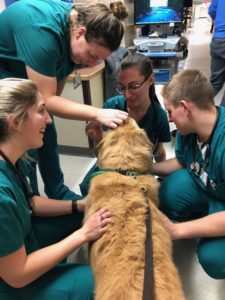My second born daughter has given birth to her firstborn daughter.

Once again, I was given the honor of MotherDoula to support my next daughter through birth and usher her into motherhood. (Read more about my first time serving as MotherDoula to Indy here)
That Full Moon in October, the Hunter’s Moon, was no joke.
I called Hallie outside that clear night and suggested that if she wanted her baby to come, it might be helpful to show her belly to that magnificent full moon. She said, “Mom, you’re just weird” and went back inside.
Two days later, Hallie felt a bit “crampy”. In that tricky mixture as Mother (do not hover) and Doula (responsibly assessing where she was at), I checked in just a few times throughout the day. “The same. Crampy”. It’s important to mention here that my Hallie is a competitive athlete. I was pretty sure she would have a fairly high pain threshold but not sure what that would look like.
We all went to bed around 11 pm. At midnight, Hallie appeared in my bedroom doorway:
“Mom?”
“Noopie?” (My term of endearment for all three of my daughters.)
“I’m not sure how much more of this I can do.”
Wait. What? There was nothing but crampy all day. We just went to bed an hour ago. My doula brain was trying to work this out.
I asked Hallie to come in and let us work through a few contractions together so I could get a sense of where her labor was and see if I could help her get more comfortable? “Mom. There is nothing comfortable about this.”
We tried the birth ball. She hated it. I encouraged her to try breathing with sound. “That’s not me.” Maybe getting into the tub will help. “I hate taking a bath.” I encouraged her to try not to brace but rather let go into the contractions. “What do you mean “don’t brace”? How am I bracing?”
I suggested as the doula and gently as a mother that maybe Hallie would consider just trying the tub for a few contractions to see if the warm water might help her find that space between strength and surrender.
We were in that candlelit bathroom for an hour and a half. All was calm and quiet other than the sound of running water. Hallie said she was ready to get out of the tub and feeling like she’d like to go to the hospital. As I helped her dry off, I casually asked if she was feeling any pressure during the contractions, just to rule out for myself that she wasn’t that far advanced in her labor.
She was feeling pressure. “Is that ok?”
All I could think of was if Hallie ended up with an unplanned homebirth on my watch, my daughters would NEVER let me live it down.
Hallie was 8 cm dilated when we arrived at the hospital at 3:45 am. She started to push instinctively not too long afterwards. The charge nurse came in at some point to see just what was going on in Labor Room 11.
Charge Nurse: “She can’t push until the Doctor is here to deliver her!”
Brian: “By the sound of it, that train has already left the station.”
Me: “Well, her body is clearly telling her to push. And you and I both know she’s the one who’s delivering her baby. So, if Dr. C wants to be here to catch, now would be a good time to give him a call.”
This is California. It is 2019 and this shit is still happening.
Lennon Gould Douglass made her way in at 6:42 am on October 16th, in the wake of that full moon, just shy of three hours after we arrived.
Layne Redmond writes..
“All the eggs a woman will ever carry form in her ovaries when she is a four-month-old fetus in the womb of her mother. This means our cellular life as an egg begins in the womb of our grandmother. Each of us spent five months in our grandmother’s womb, and she in turn formed within the womb of her grandmother. We vibrate to the rhythms of our mother’s blood before she herself is born.”
This is my legacy, all that I have hoped for in my lifetime; mother to daughter, new mother to new daughter and grandmother to granddaughter.
For this, I am deeply, deeply thankful…

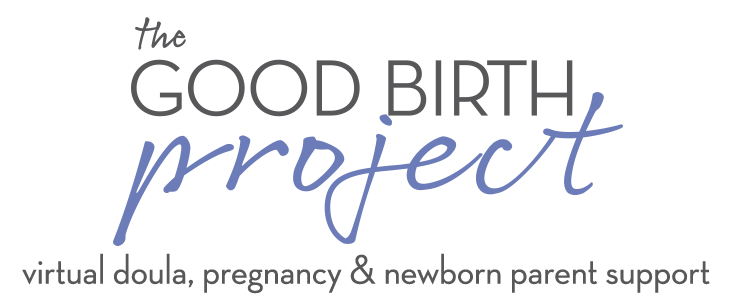
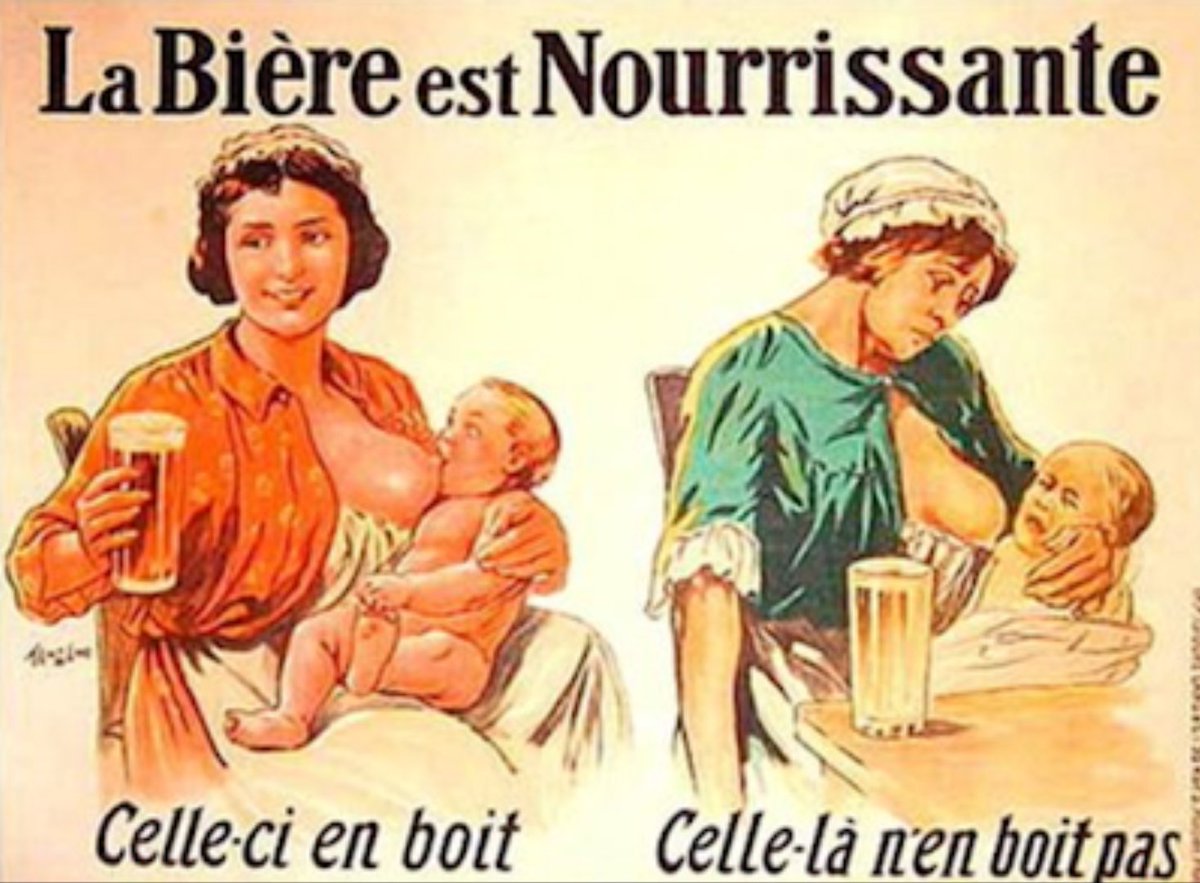


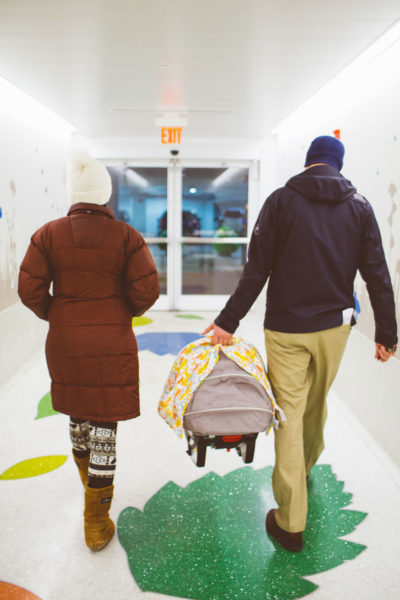

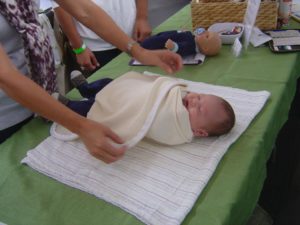

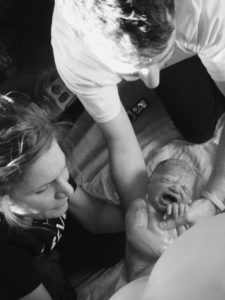

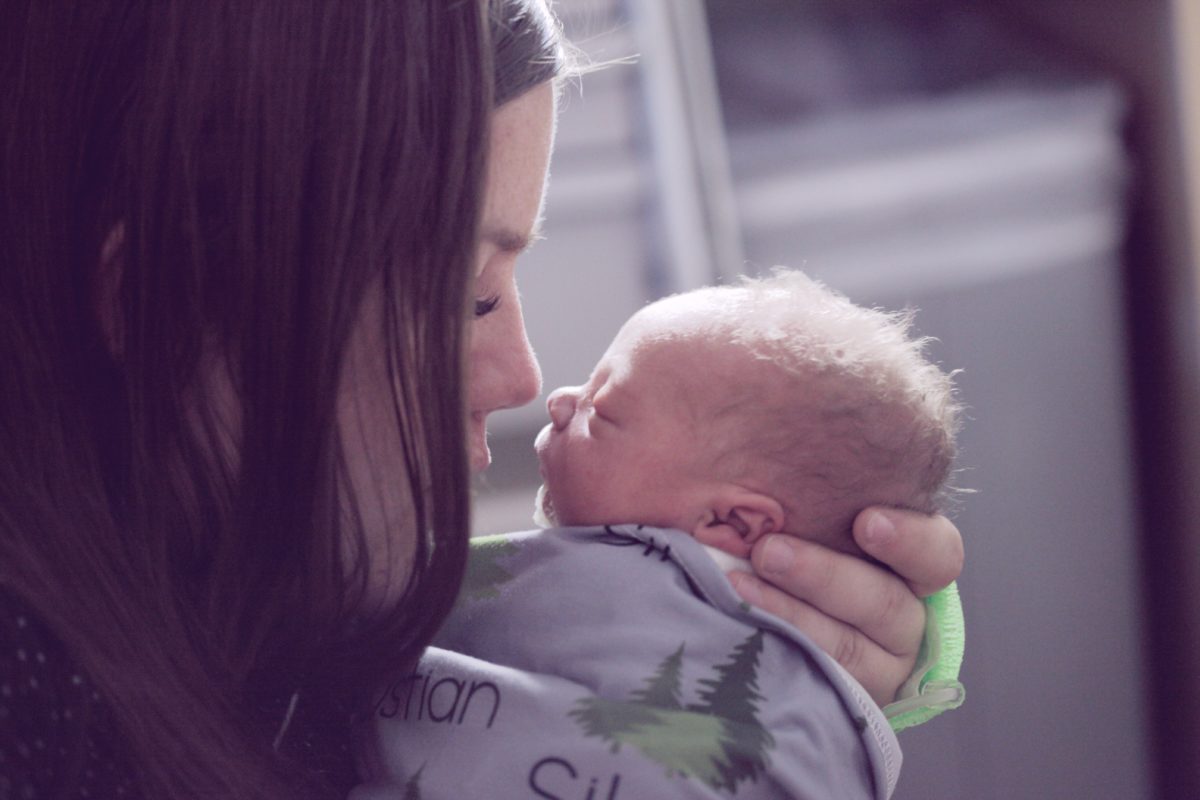

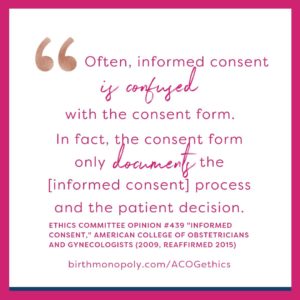 Here are a couple of examples (quoting Cristen here) of where care providers (maybe unaware of the legality) are violating your informed consent (which is often confused with the consent form). They present things as routine procedures and not optional:
Here are a couple of examples (quoting Cristen here) of where care providers (maybe unaware of the legality) are violating your informed consent (which is often confused with the consent form). They present things as routine procedures and not optional: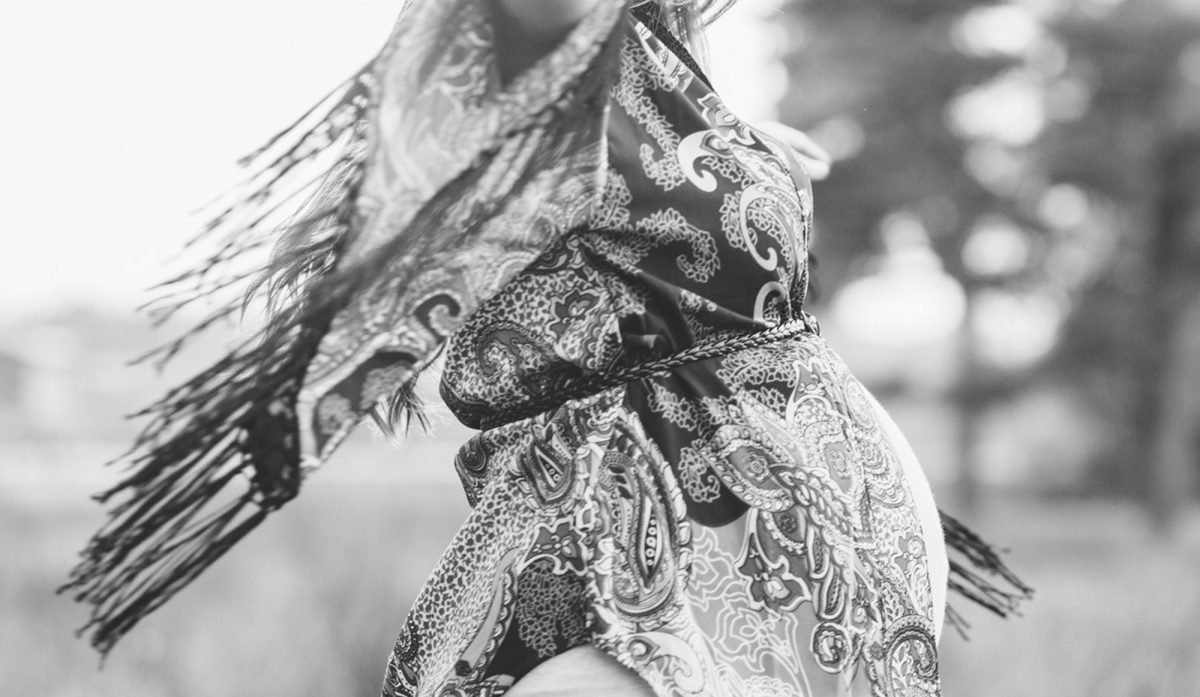
 From then on, when helping people prepare for their births, we talk a lot about staying flexible in order to make decisions that are aligned with your goals, especially when things aren’t going the way you imagined.
From then on, when helping people prepare for their births, we talk a lot about staying flexible in order to make decisions that are aligned with your goals, especially when things aren’t going the way you imagined. He loves his visits with the children on
He loves his visits with the children on 